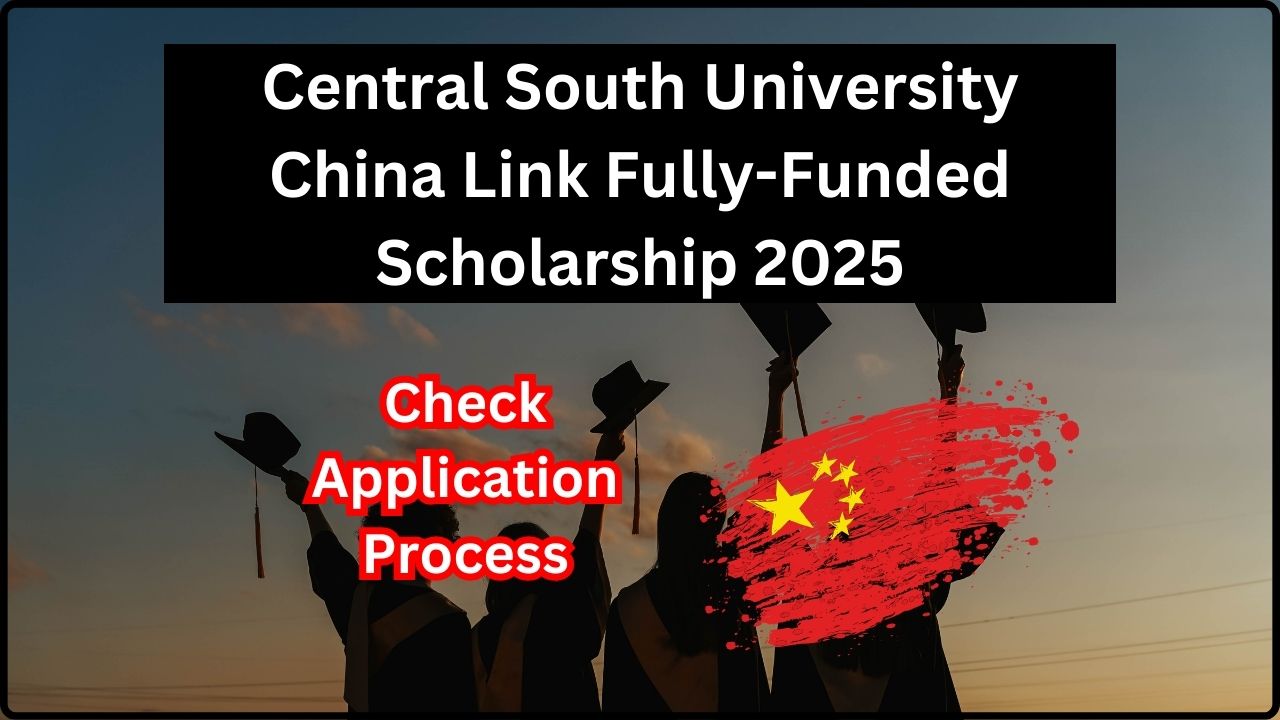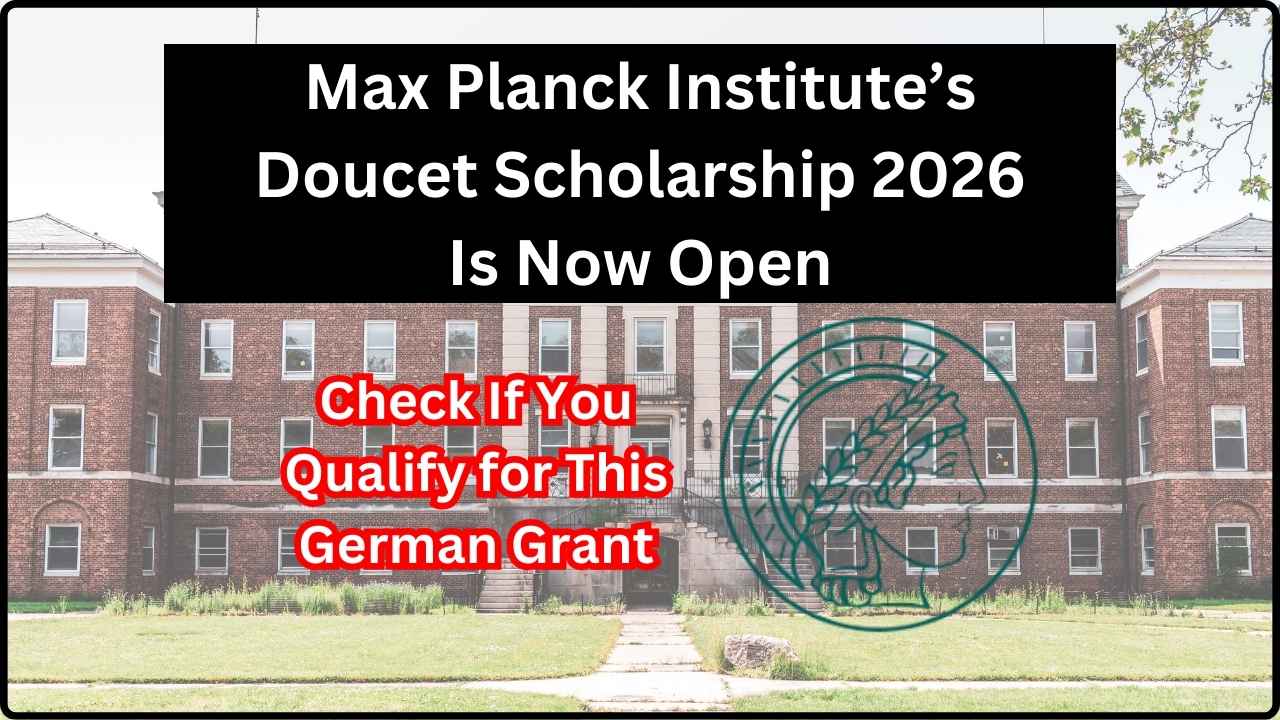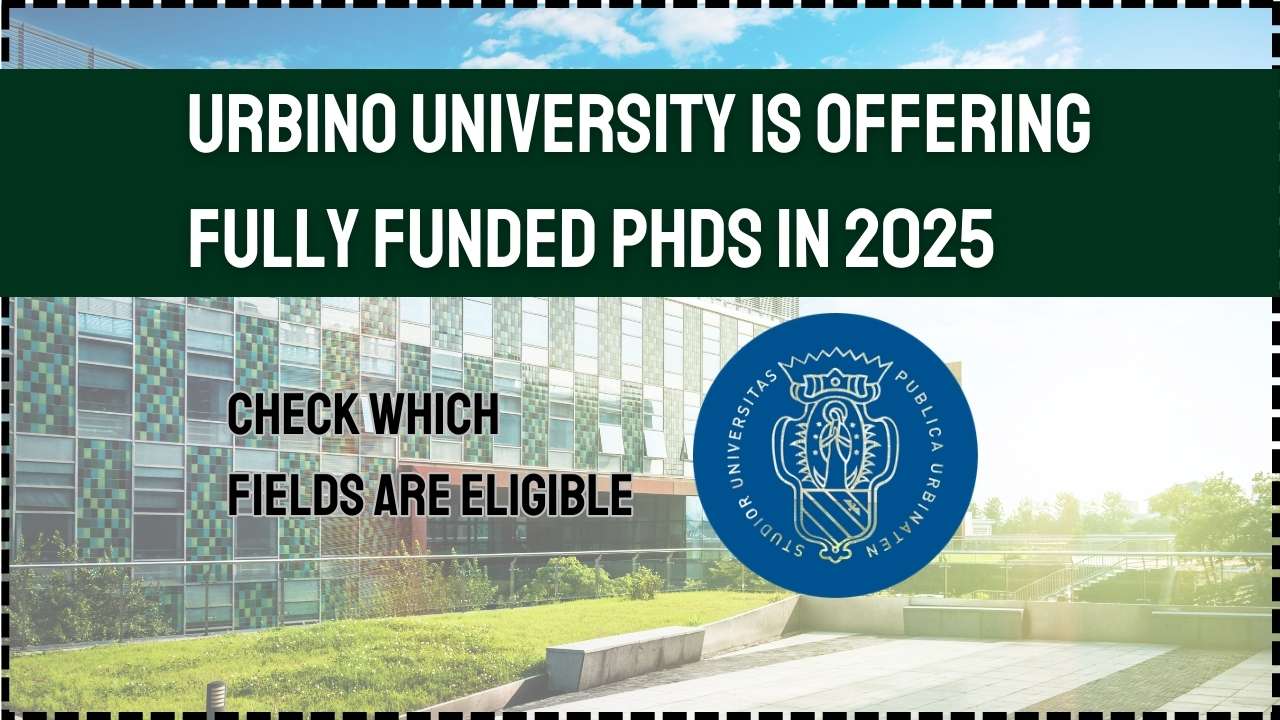HFSP Long-Term Fellowships for 2026: If you’re a passionate life science researcher with bold ideas and dreams of working abroad, the HFSP Long-Term Fellowships 2026 might be your ticket to scientific freedom and international collaboration. Launched by the Human Frontier Science Program (HFSP), these fellowships support early-career scientists with a thirst for innovation and a desire to cross disciplinary boundaries. Whether you’re a recent PhD graduate or finishing up your postdoc, this fellowship could kickstart the next stage of your career — and open doors to elite labs worldwide.
HFSP Long-Term Fellowships for 2026
The HFSP Long-Term Fellowship 2026 isn’t just another research grant — it’s a career-defining opportunity that rewards scientific courage, curiosity, and global collaboration. Whether you’re a neuroscientist looking to pivot into synthetic biology or a molecular biologist ready to collaborate with physicists — this fellowship is tailored for bold, interdisciplinary minds. The clock’s ticking. If you want your shot at joining the next wave of frontier researchers, start preparing your LOI now.

| Feature | Details |
|---|---|
| Program Name | HFSP Long-Term Fellowships (LTF) |
| Deadline (LOI) | May 15, 2025 (1 PM Eastern Time) |
| Full Proposal Deadline | September 25, 2025 (Invitation Only) |
| Fellowship Duration | 3 years |
| Eligibility | PhD awarded between Sept 25, 2022, and Dec 31, 2026; international mobility required |
| Funding Includes | Living, travel, child/parental, relocation allowances |
| Official Website | hfsp.org |
What is the HFSP Long-Term Fellowship?
The HFSP Long-Term Fellowship (LTF) is a prestigious, fully funded opportunity for postdoctoral scientists who want to explore bold, high-risk research in life sciences, often outside their home discipline. Funded by an international consortium of countries, this program encourages applicants to step out of their comfort zone and embrace international collaboration.
Unlike many traditional fellowships, HFSP places a strong emphasis on interdisciplinary research and international mobility. So, if you’ve always dreamed of researching RNA biology in Tokyo or neuroscience in Paris — this could be your chance.
Why the HFSP Fellowship Is a Game-Changer?
The HFSP isn’t just another line on your CV. Here’s what makes it so impactful:
- Prestige: Alumni have gone on to win Nobel Prizes, lead major research initiatives, and land tenure-track positions in top universities.
- Global Network: Fellows become part of a tight-knit, interdisciplinary global community.
- Generous Support: The fellowship doesn’t just fund research — it supports you and your family, covering relocation, travel, and even childcare.
This isn’t just about a paycheck — it’s about empowerment.
Who Can Apply: Eligibility Breakdown
To make sure you’re eligible for the HFSP Long-Term Fellowship 2026, tick these boxes:
Academic Requirements
- Hold or expect to hold a PhD (or equivalent such as MD) by the time the fellowship starts.
- Degree must be awarded between Sept 25, 2022 and Dec 31, 2026.
Research Publication
- You must have at least one lead-author publication (published, accepted, in press, or on a recognized open-access preprint server).
Mobility Rule
- You must move to a new country for the fellowship.
- You must not have spent more than 12 months in the host country before the fellowship activation.
No Previous Collaboration
- Your host supervisor cannot be someone you’ve published with or worked under previously.
How to Apply for HFSP Long-Term Fellowships for 2026– Step-by-Step Guide
Step 1: Letter of Intent (LOI)
Start early — by March 13, 2025, the application portal opens at ProposalCentral.
- Deadline to initiate LOI: May 7, 2025
- Final submission: May 15, 2025
The LOI includes:
- Basic applicant and host details
- A brief project summary
- One lead-author publication
Step 2: Full Proposal (Invitation Only)
If your LOI is successful, you’ll receive an invitation to submit a Full Proposal by September 25, 2025. This step requires:
- Detailed research plan
- CV and publication list
- Letters of recommendation
- Institutional support from your host lab
Pro Tips from Past HFSP Fellows
Want to stand out from the crowd? Here’s what previous fellows had to say:
“Be bold with your project idea — HFSP loves risky, interdisciplinary work.”
— Dr. Jessica Liu, HFSP Fellow 2023, Harvard University
“Start conversations with your host early. You’ll need strong institutional support to make the proposal competitive.”
— Dr. Martín Torres, HFSP Fellow 2022, University of Zurich
“Don’t copy-paste old proposals. HFSP wants creative science, not incremental work.”
— Dr. Amy Nakamura, HFSP Panel Reviewer
What You Get: Fellowship Benefits
Let’s break it down:
- Living allowance: Scales based on host country cost of living
- Research and travel funds
- Relocation support
- Parental and child allowances
This all adds up to about $160,000–$180,000 per fellow over three years (estimates vary by location).
Life After the HFSP Fellowship
Alumni of the HFSP go on to:
- Land faculty jobs at universities like Stanford, Oxford, and ETH Zurich
- Win international awards
- Found biotech companies
- Continue collaboration through the HFSP alumni network
Some notable HFSP alumni include:
- Dr. Emmanuelle Charpentier, co-developer of CRISPR gene editing
- Dr. Randy Schekman, Nobel Laureate in Physiology or Medicine
FAQs: Quick Answers to Common Questions
Q: Can I apply if I’m still finishing my PhD?
A: Yes, as long as you’ll have your PhD by December 31, 2026.
Q: Can I work in my current country of residence?
A: No, you must switch countries for the fellowship.
Q: Can I choose any research topic in biology?
A: Yes, but it must be original, interdisciplinary, and high-risk/high-reward.
Q: Is this fellowship open to all nationalities?
A: Yes — the HFSP is international and open to scientists from any country.







